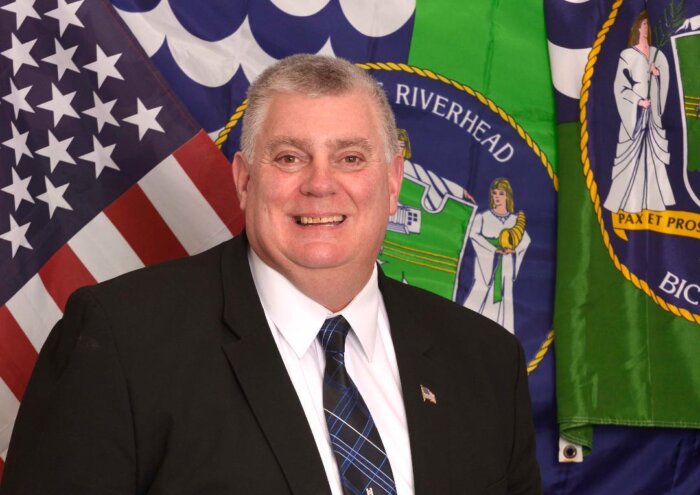
If You Build It, They Might Come
The Coliseum officially opened in May of 1972 as a sporting arena and entertainment destination, home to the New York Nets professional basketball team and nearly every type of event imaginable. As much as the Islanders have become synonymous with the Coliseum, it wasn’t always that way. In fact, the team itself didn’t even exist when construction of the Coliseum was first planned and wasn’t a franchise until 1972 when it was organized for the purpose of keeping a team from a rival upstart hockey league out of the New York area. During their inaugural season the fledging expansion team started its NHL life with the worst record in hockey history. But less than a decade later, all would be forgotten as the New York Islanders iced a team that would be known to Long Islanders as “The Dynasty”—one of only nine in the National Hockey League (NHL) since its founding in 1917—winning the Stanley Cup four years in a row from 1980 to 1983.
It’s this institutionalized muscle memory of the Islanders’ glory days that is fueling much of the debate surrounding Mangano’s publicly financed Coliseum proposal. Under his plan, Nassau would float a $400 million bond to finance a new Coliseum and minor-league ballpark on the county-owned parcel of land in the Nassau Hub. But during a time when the county is weighed down by financial woes and under control by the state fiscal watchdog Nassau Interim Finance Authority (NIFA), many are puzzled by the county executive’s decision to pursue a publicly financed project of this magnitude.
Mangano counters that the advantageous benefits of the proposed lease with Wang’s Arenaco outweigh the downside of not constructing a new arena. Under his plan much of the cost of paying the debt would be covered by guaranteed payments on a 30-year lease—in the form of a gross revenue sharing agreement—by Arenaco, with the Islanders serving as the anchor tenant of the facility. To mitigate performance risk in the agreement, the lease also sets a floor whereby Arenaco would pay “base rent during each Lease Year in an amount equal to the greater of (a) eleven and one-half percent (11.5%) of all Coliseum Revenues received for such Lease Year or (b) Fourteen Million and No/100 Dollars ($14,000,000).”
Mangano asserts that the revenue-sharing agreement backstopped by the accompanying $14 million guarantee would not only inure to the benefit of the local taxpayer but it would have a halo effect by filling hotel rooms and restaurants, both of which provide greater tax revenue to the cash-strapped county. Moreover, from a quality of life perspective, he contends that a state-of-the-art facility would continue to attract national music acts and large-scale performances for Long Islanders to enjoy.
Brian Rosenberg, a local restaurateur and vocal proponent of the project, believes in the viability of a taxpayer-owned facility.
“This is going to be our place and we’re going to be partners,” he says. “I love the idea of being partners with someone who’s giving us a piece of the gross and not the net.”
Camoin Associates of Malta, NY, commissioned by the Nassau County Industrial Development Agency to provide an economic analysis of the coliseum proposal, concludes that once the incremental sales tax revenue associated with the new coliseum and the revenue sharing monies are tallied “the net fiscal benefits to the County amount to approximately $2.2 million in positive cash flow beginning in Year 3.” Over the life of the 30-year lease, Camoin goes so far to state that the total positive benefit to the county “after accounting for all inflows and outflows of cash, and expressed in today’s value, is $92 million.”
On the surface, it all seems like a win. Since Wang has stated that he will move the Islanders to another city if the county is unable to finance a new arena, there is an emotional aspect to what has become a raging debate. Few would question the seriousness of his threat to move the Islanders. He’s developed a scorched-earth strategy when faced with headwinds in his negotiations with public officials and civic groups. Repeatedly, Wang has abruptly left the negotiating table after being denied the ability to develop large parcels of land in Oyster Bay, Plainview and, most notably, Hempstead, with the Lighthouse Project. This brinksmanship, along with the public’s desire to witness a shred of economic development progress, has served to bring the coliseum debate to a fever pitch; a scenario that Mangano is hoping to capitalize on. Mangano’s plan, as it’s being touted, would not only retain Long Island’s beloved franchise, but it would improve the profit center for the county and the impetus for future development in the long-stalled hub. Of course, nothing in life is ever quite that simple.
Desmond Ryan, president of the Association for a Better Long Island (ABLI), represents some of the largest developers and real estate professionals on Long Island. He has become the face of the opposition and the loudest voice speaking out against the latest coliseum redevelopment plan.
“I look at the fact that we’re laying off civil servants, letting school teachers go, police and public safety funding is being cut, the crime lab is in total disarray and the aquatic center needs $100 million in repairs,” says a beleaguered Ryan, who himself is weathering criticism and attacks from pro-coliseum groups and rabid Islanders’ fans. “We have all of these structural needs that must be addressed,” he continues, “and the administration is playing around with a hockey team.”
For the ABLI, it’s an issue of fairness.
“This has nothing to do with the Islanders,” says Ryan. “He [Wang] bought the team. It’s costing him money. He made a bad deal now he wants the taxpayers to bail him out.”
New York State and Nassau County Democratic Chairman Jay Jacobs echoes that gripe.
“If it’s such a great deal, then why doesn’t he do it?” he charges, suggesting Wang, “go find a bank that will fund this thing” with “no collateral,” “no guarantee,” and nothing but “rosy” projections. But he doubts Wang would succeed. “They can’t sell it to a private bank that’s going to look at it with open eyes, so they’re going to sell it to the taxpayers in the middle of the summer hoping they’re blind.”
It’s an argument that’s beginning to gain traction given how much of an anathema bailouts have become in the United States. Wang told popular WFAN sportscaster Mike Francesa on a broadcast recently he had lost about $240 million since his purchase of the Islanders 11 years ago, a joint venture with disgraced former Computer Associates International chairman and CEO Sanjay Kumar, who is currently serving a 12-year prison sentence for obstruction of justice and securities fraud.
“This is a real estate deal he wants the public to pay for,” adds Ryan. “You want a new coliseum? You pay for it. Why should we be saddled with 30 years of a guaranteed, real property tax increase of 4 to 5 percent compounded for 30 years?”



























